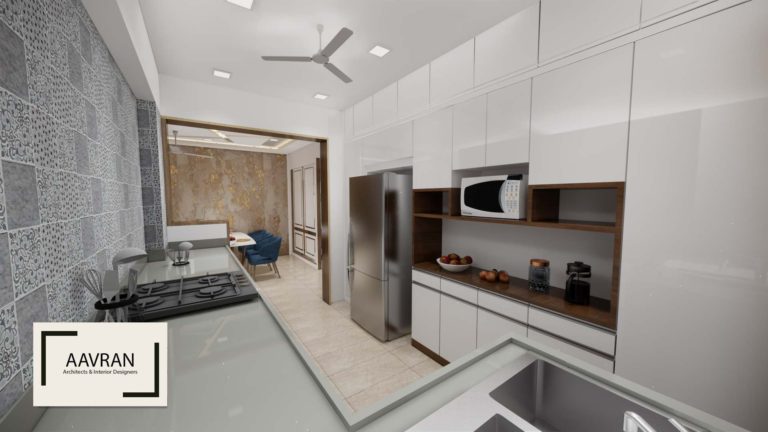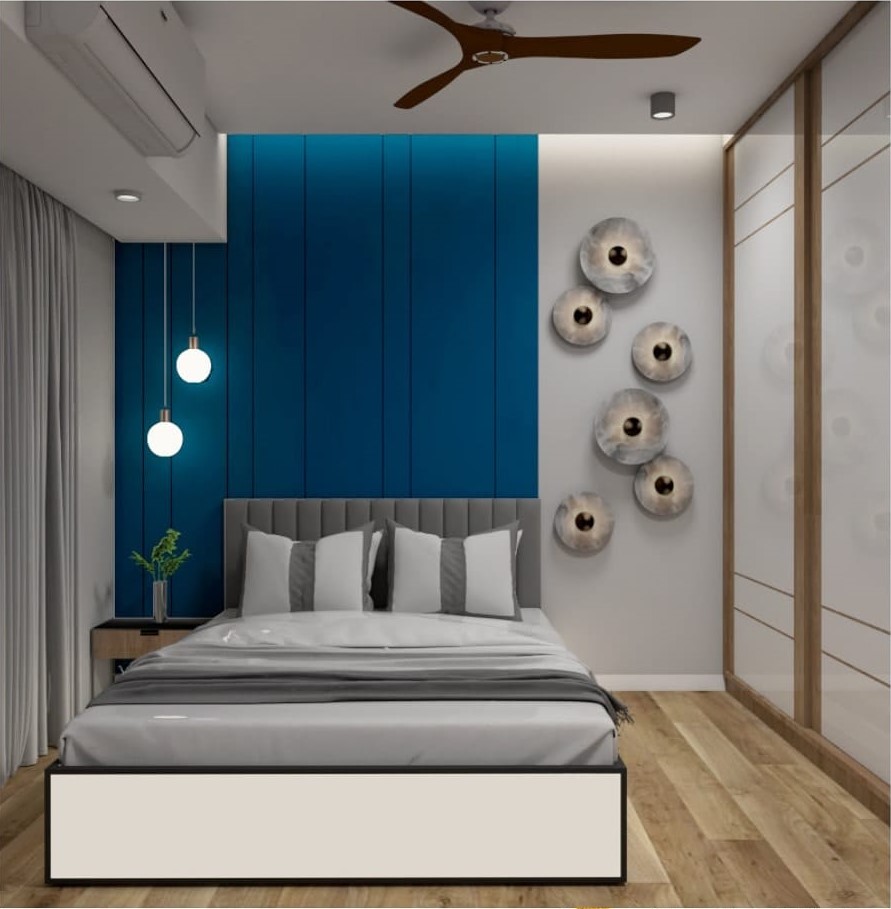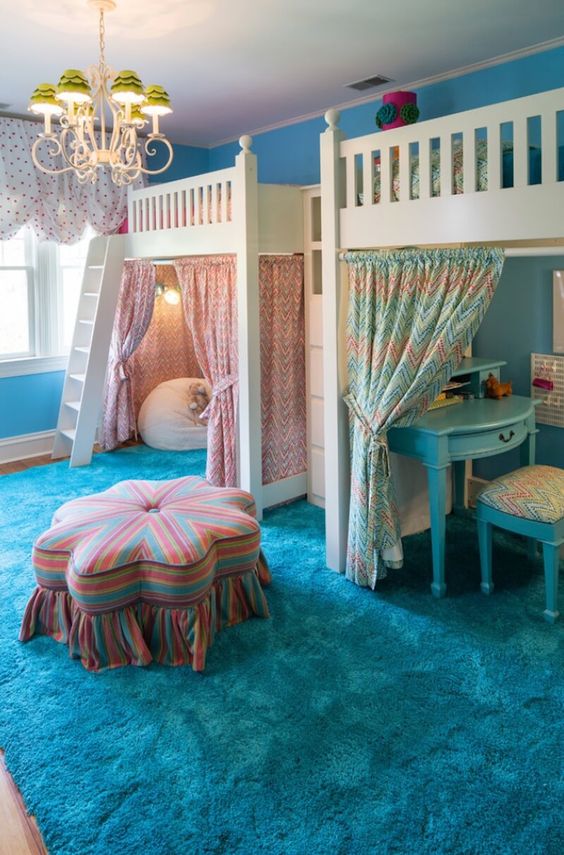
Table of Contents
Khus curtains are a natural and eco-friendly cooling solution commonly used in Indian homes. Made from vetiver grass, they are also known as vetiver screens or vetiver curtains. These grass-based curtains function as evaporative mats and screens during the summer seasons.
As dry air passes through the moist layers of khus, it cools down and freshens. In addition to serving as natural coolants when sprinkled with water, Khus curtains release a distinctive woody, sweet, soothing fragrance that calms the mind during the harsh summer heat.
Khus curtain is a biodegradable, eco-friendly and energy-efficient cooling solution because it does not consume electricity. Simply sprinkle some cold water on the curtain and allow air to pass through it, and enjoy a natural, cool ambience around you.
However, before choosing Khus curtains over air conditioners and coolers, let’s first learn more about vetiver grass, the making of the Khus curtains, and the benefits of installing vetiver curtains at home.
Why Khus Curtains are Enjoying Increased Popularity Recently?
Khus curtains are gaining popularity as people seek eco-friendly and cost-effective alternatives to conventional cooling methods. With rising electricity bills and growing environmental concerns about global warming and carbon footprints, natural vetiver-based khus curtains offer a sustainable solution as evaporative cooling curtains.
Khus curtains can block heat effectively. When paired with proper ventilation and drenched with water, they create an air conditioner-like effect. These curtains also add a vintage, textured appearance, offering a unique and sustainable alternative to traditional cloth window treatments.
How Khus Curtains Are Made?
Khus curtains are made by weaving together thick bundles of dried khus grass. These curtains look great as screens in the doorways or open spaces. Let’s look into the process of producing these fragrant curtains.
1. Harvesting the Grass
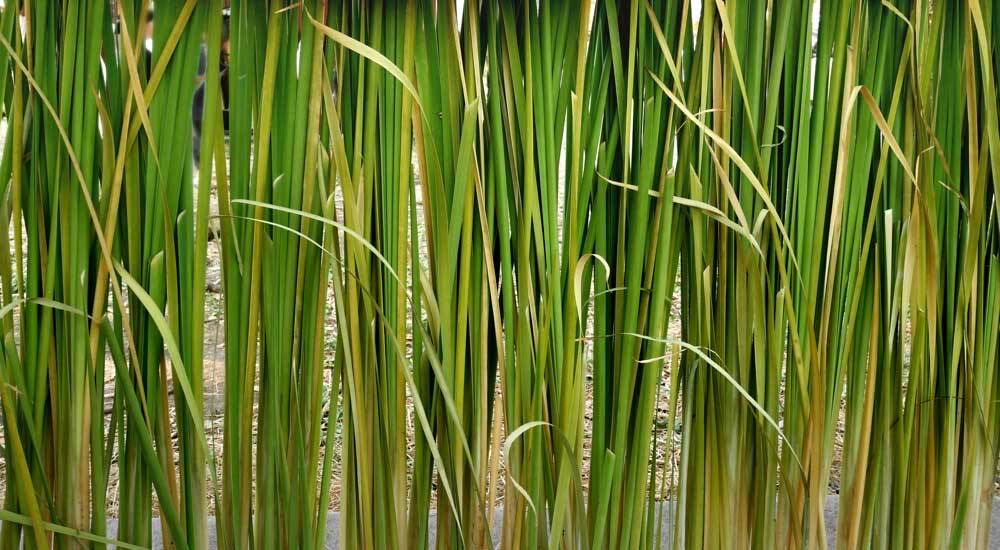
Vetiver grass is cultivated in hot, dry regions of India. Once the plants mature, farmers dig up the long, strong, and fragrant roots.
2. Cleaning the Roots
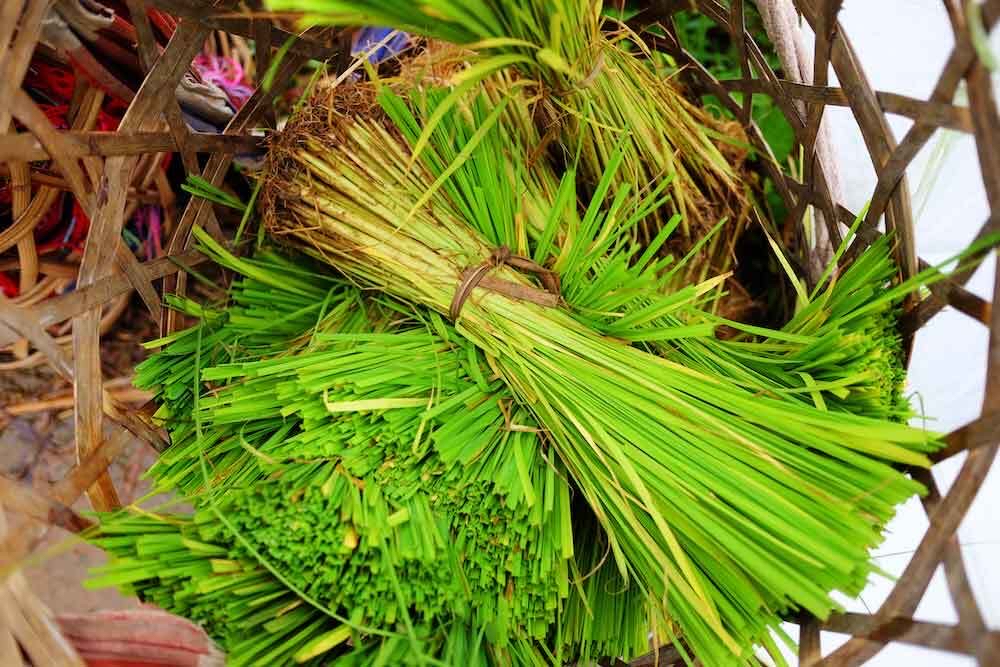
The roots are thoroughly cleaned with water to remove mud and soil, and then dried. Clean roots are light brown and have a fresh, earthy smell.
3. Drying the Roots
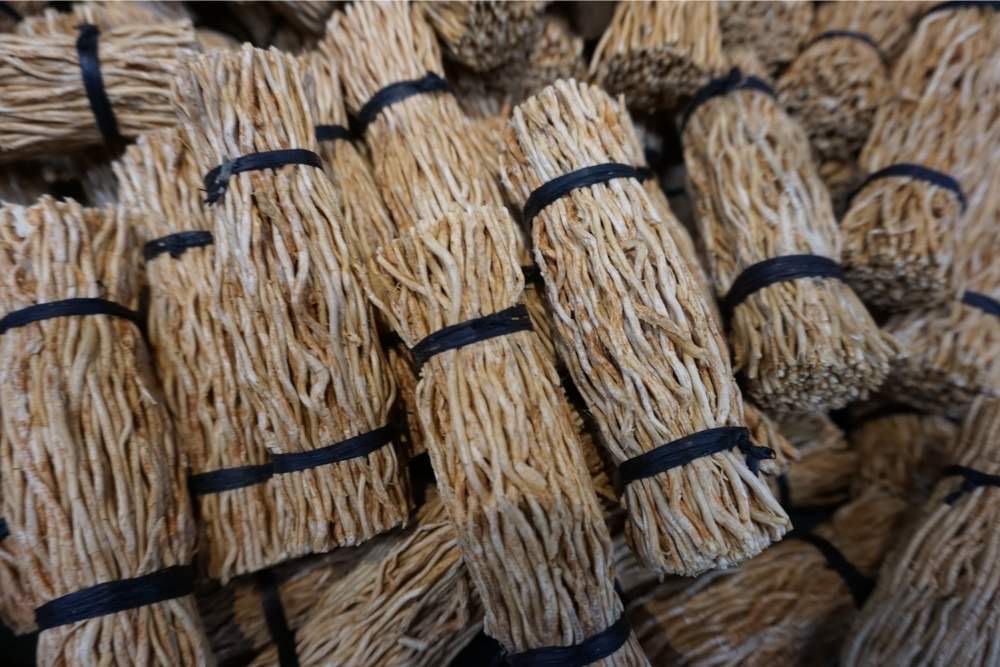
Sun-dried khus are the best material for making khus curtains. Dry roots are strong, emanating that unique earthy smell.
4. Weaving the Curtain

Once dry, the roots are woven into a curtain. The artisans tightly knit bundles of roots using strong strings or jute ropes. While some curtains are handmade, some may be produced using simple machines.
5. Attaching Support Frames
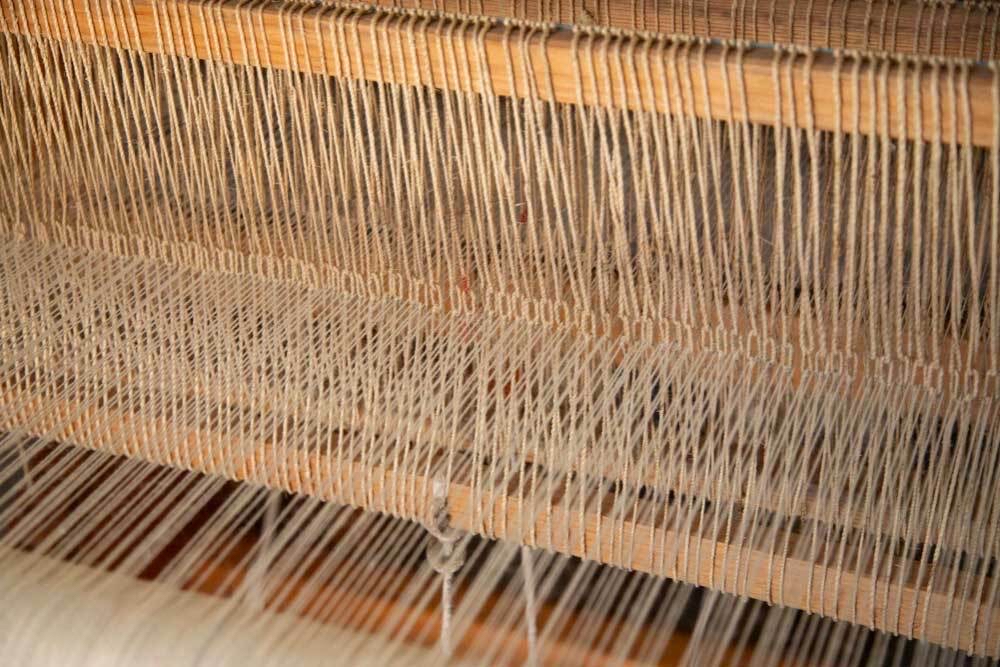
The woven khus mats are then fixed to a wooden or bamboo frame. Metal rods or hooks are fixed on the frame to make it suitable for hanging. The curtain is resilient enough to retain moisture and withstand wind pressure.
6. Final Touch
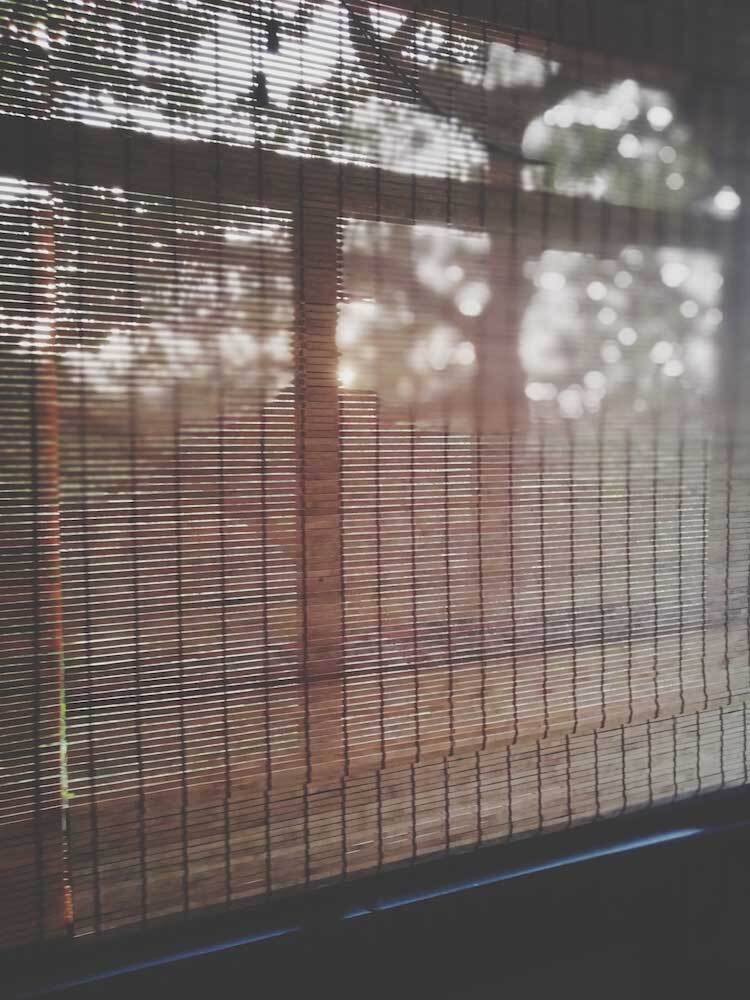
Sometimes, these curtains may come with extra layers or cloth backs for added support. Before hanging, the khus curtain should be soaked in cold water, as this helps activate its cooling effect
Benefits of using Khus Curtains in Summer
1. Eco-Friendly
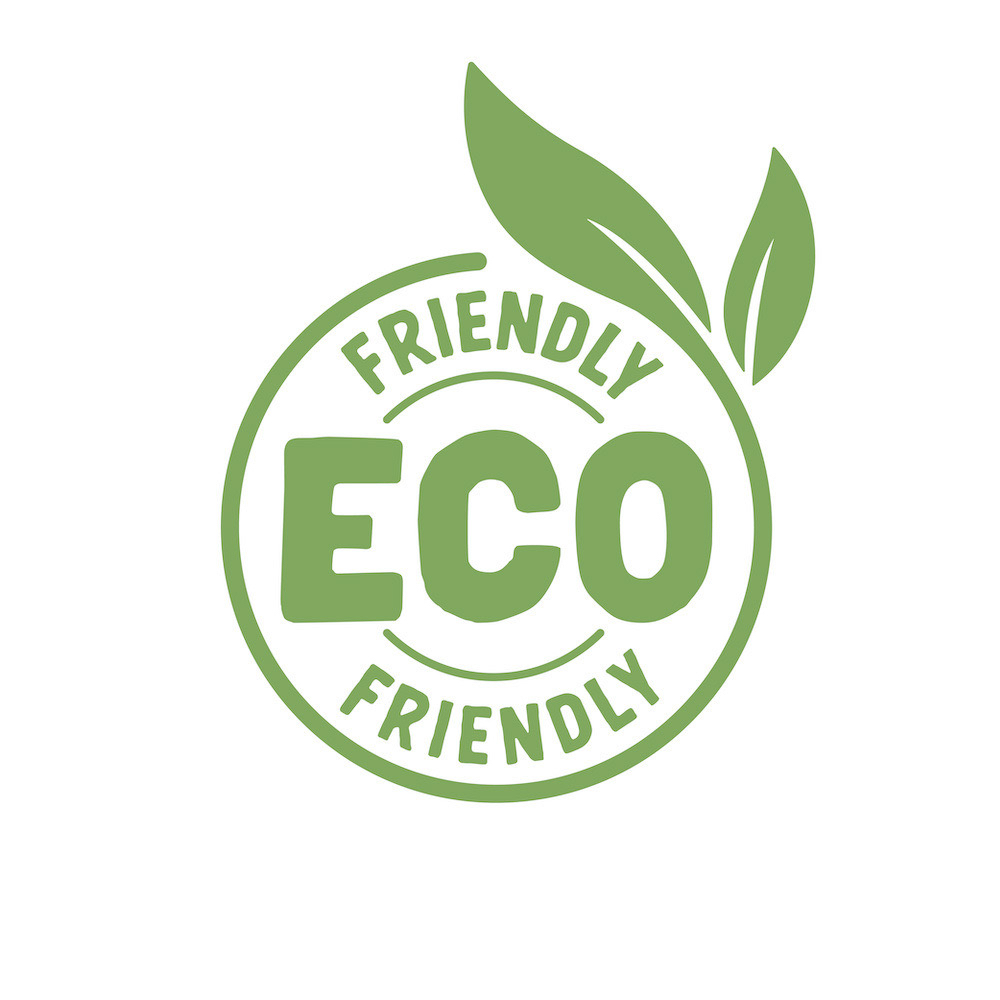
Khus, a fast-growing plant, is biodegradable and renewable. Using khus/ vetiver grass curtains does not harm the environment, and these evaporative cooling curtains are 100% energy-efficient.
2. Energy Efficient

A khus curtain cools your room without using electricity. It is an easy and effective way to fight the summer heat while keeping energy bills under control. You only need to keep the curtains wet. They help maintain an organic, relaxing ambience in your room.
3. Cost-Effective

Khus curtains are cheaper than air conditioners or coolers in summer. The installation cost is low. Maintenance of the curtains is easy. All it needs is regular watering and occasional cleaning
4. Beautiful Appearance
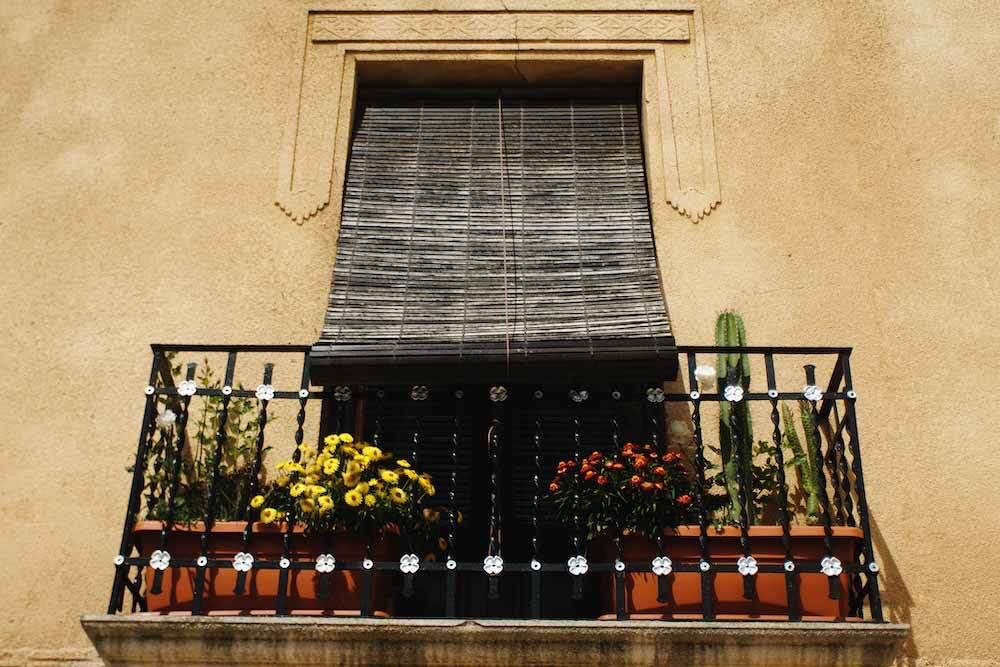
Khus curtains add a rustic elegance to your home. Their natural, earthy charm complements both traditional and modern decor.
5. Air Purification
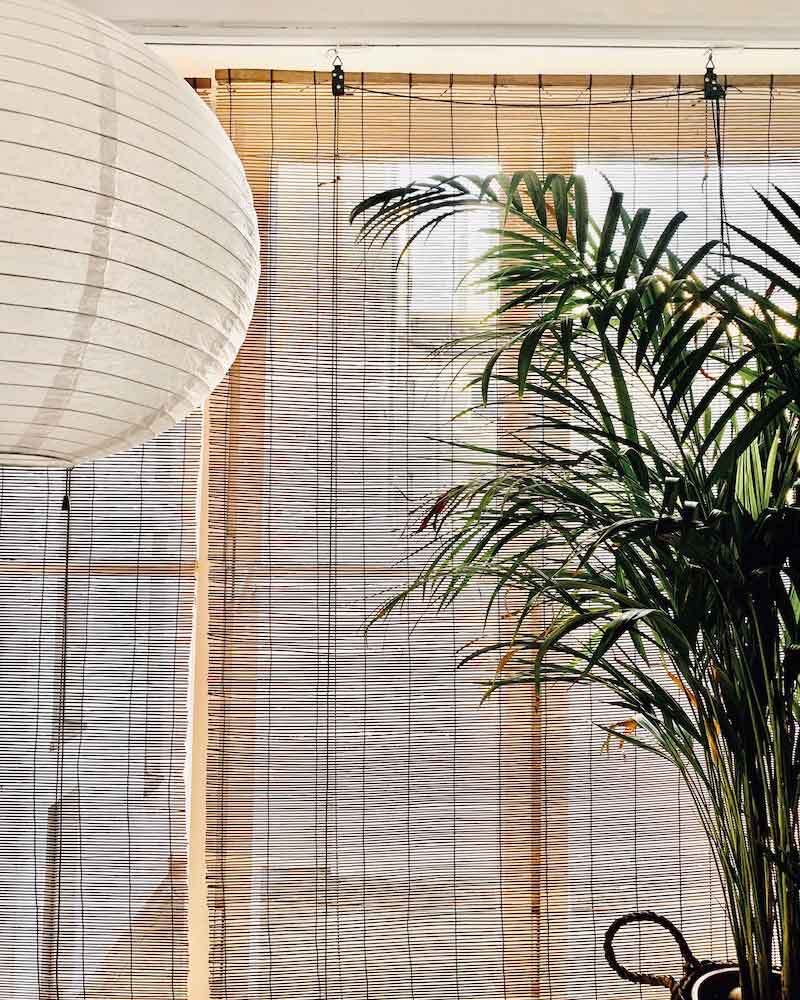
Curtains made from vetiver grass also act as natural air filters. They trap dust particles and allow only clean air to pass through. This natural filtration helps minimise the risk of dust allergies and asthma.
6. Pleasant Aroma
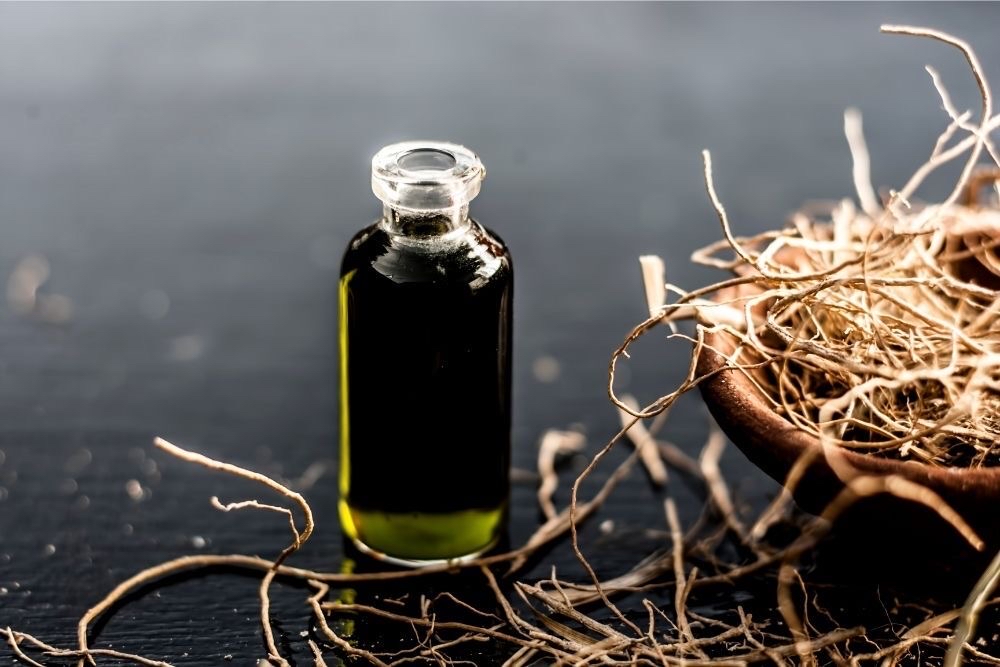
Khus has a natural, calming fragrance that can reduce stress. The soothing aroma has a soothing effect on people living in any space that uses vetiver curtains. It gives a spa-like feel.
7. Moisture Control & UV Ray Protection
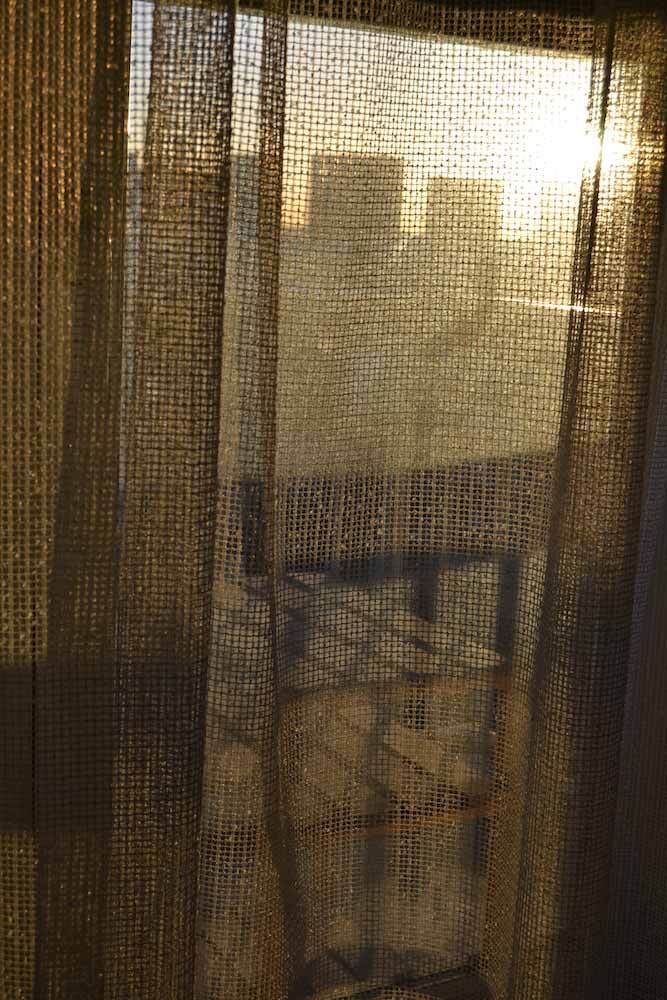
Air conditioners and coolers can dry out the air in a room, often leading to dry skin, throat irritation, or eye discomfort for regular users. Khus curtains, on the other hand, naturally release moisture into the air, helping to maintain a comfortable humidity level that is gentle and safe for occupants.
8. Low Carbon Footprint

By using vetiver curtains, you can reduce your carbon footprint. This small step helps in fighting harmful climate change.
Khus Curtains: Installation and Maintenance

Khus curtains are easy to install. You can hang them on windows, balconies, or even open doorways. They work best in places where hot air enters the home and there is proper ventilation.
- You need to sprinkle cold water every few hours to keep the khus curtains moist. You can use a spray bottle or a drip pipe. Some people place a wet cloth on top or let water drip slowly from a can placed above.
- Clean them once a week. Just rinse them under running water. Do not use soap or chemicals. This keeps the scent and quality intact.
- A set of vetiver grass curtains usually lasts for one or two seasons at the most. After that, the roots begin to break. It is wise to replace them before they become brittle and lose their natural fragrance.
Cooling due to Khus Curtains Work on Two Simple Principles: how it works?
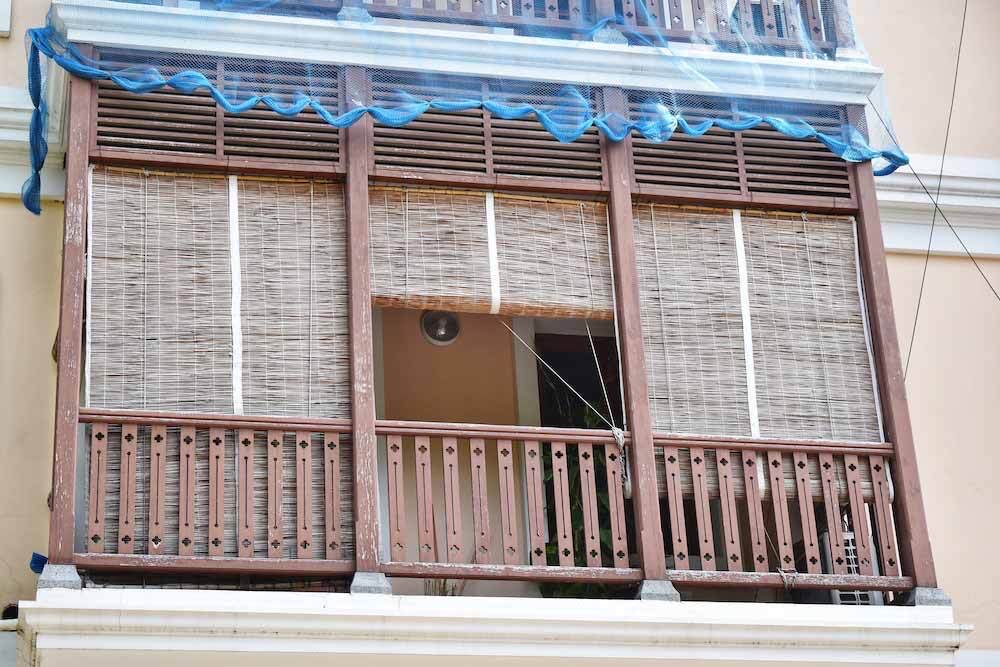
Khus curtains work based on two simple principles. To get cooling benefits from the khus curtains, you need to sprinkle water on them twice or thrice a day. As air passes through the wet curtain, it absorbs the heat from the atmosphere in the form of latent heat of evaporation, resulting in a cooler indoor environment. This causes the interior temperature to drop below the outside temperature.
Another way to maximise the curtain’s cooling effect is to place an exhaust fan in a closed room with a single opening covered with a wet khus curtain. The airflow from the exhaust fan will increase the speed of air circulation inside the room, thereby improving the cooling efficiency.
Things To Keep in Mind About Khus Curtains
Khus curtains are environment-friendly, useful, and organic furnishings that also serve as décor elements. However, they do come with a few limitations.
- Vetiver curtains work best in dry climates. They may not be very effective in humid conditions. Since they rely on evaporation, too much humidity reduces their impact.
- They need regular watering. If left dry, they do not cool the air. You must be prepared to water them several times a day.
- They provide less cooling when compared to air conditioners, so you may still need a fan or other cooling support in extremely hot conditions.
- They are seasonal. Khus curtains are ideal for use during hot summer months and somehow remain quite useless during rainy or wintry seasons.
Summing Up
Khus curtains are a smart, natural choice for hot summer days. They are affordable, easy to use, and eco-friendly. They offer a healthy, chemical-free way to stay cool while also filling your space with a beautiful, earthy aroma.
If you are worried about high electricity bills or want to reduce your carbon footprint, consider using khus curtains as a natural coolant in your rooms. While they may not cool your home like an AC, they offer comfort in a gentle, green way.
In a world full of machines, khus curtains remind us that nature is more comforting, without the price tag that often comes with modern conveniences.
Also Read: Energy-Efficient Home Design Strategies for Different Climates
FAQs on Khus Curtains and its rewards over A.C & Cooler
1. What are Khus Curtains Made of?
Khus curtains are made from vetiver grass, which has natural cooling properties. When hung in windows or doorways and sprinkled with water, they help cool the air that passes through them.
2. What does Khus Smell Like?
Khus, also known as vetiver, has a fresh, earthy, and slightly woody aroma. It’s often described as having an incredible, grassy scent with hints of damp soil and wood. The fragrance is frequently compared to the smell of dry grass on a warm day or the refreshing aroma of petrichor.
3. Where does Khus Originate From?
Vetiver, commonly called Khus grass, is a perennial grass native to India. In India, it is primarily used in perfumes, cosmetics, aromatherapy, food, and as a natural flavouring agent.
4. Where is Khus Found?
Khus grass grows in various regions of India, especially in the Tonk, Sawai Madhopur, and Bharatpur districts of Rajasthan. Chrysopogon zizanioides is the scientific name of vetiver. The grass grows in dense tufts, with long, thin, and rigid leaves. It may grow up to 1.5 meters high.
References
Shaoqing Shi, Jianhua Yin (2021) in Global research on carbon footprint: A scientometric review in Environmental Impact Assessment Review, Volume 89, July 2021, 106571, https://doi.org/10.1016/j.eiar.2021.106571 [Online] Available from https://www.sciencedirect.com/science/article/abs/pii/S0195925521000214







